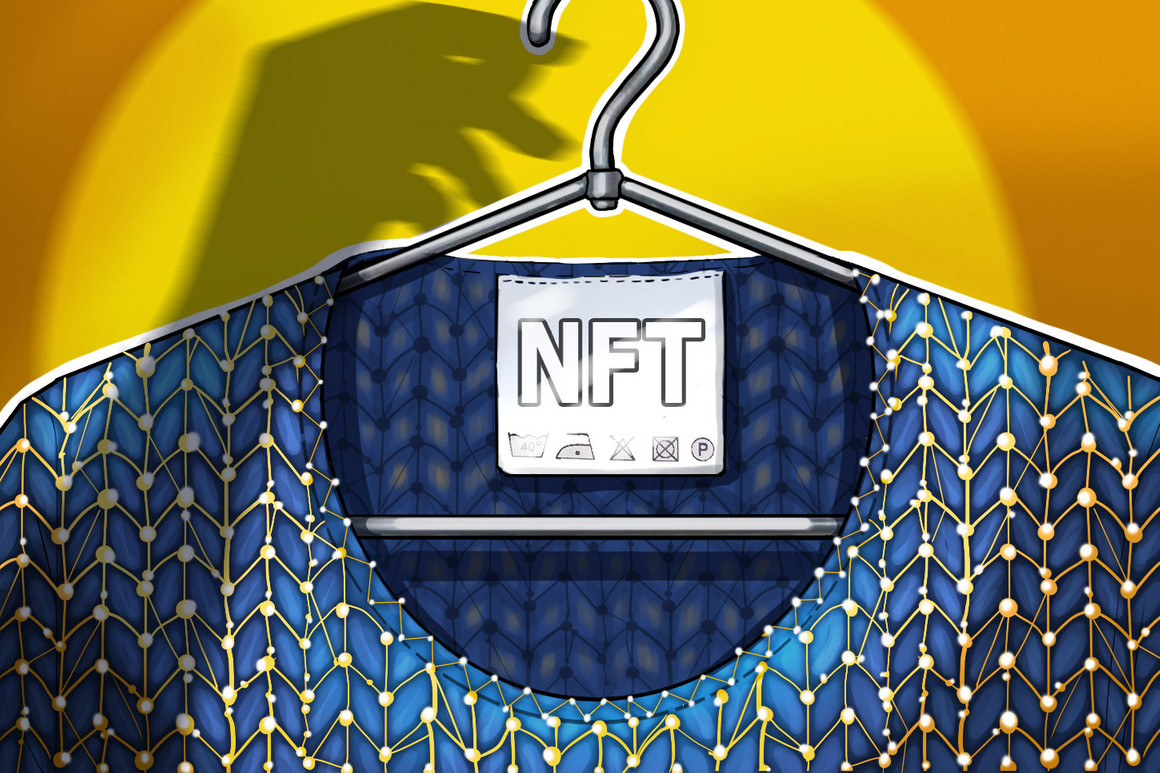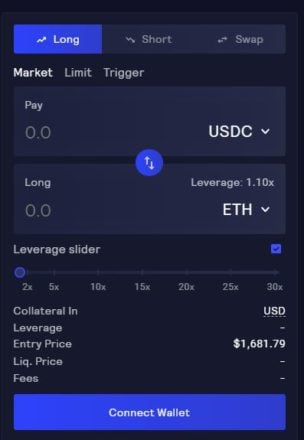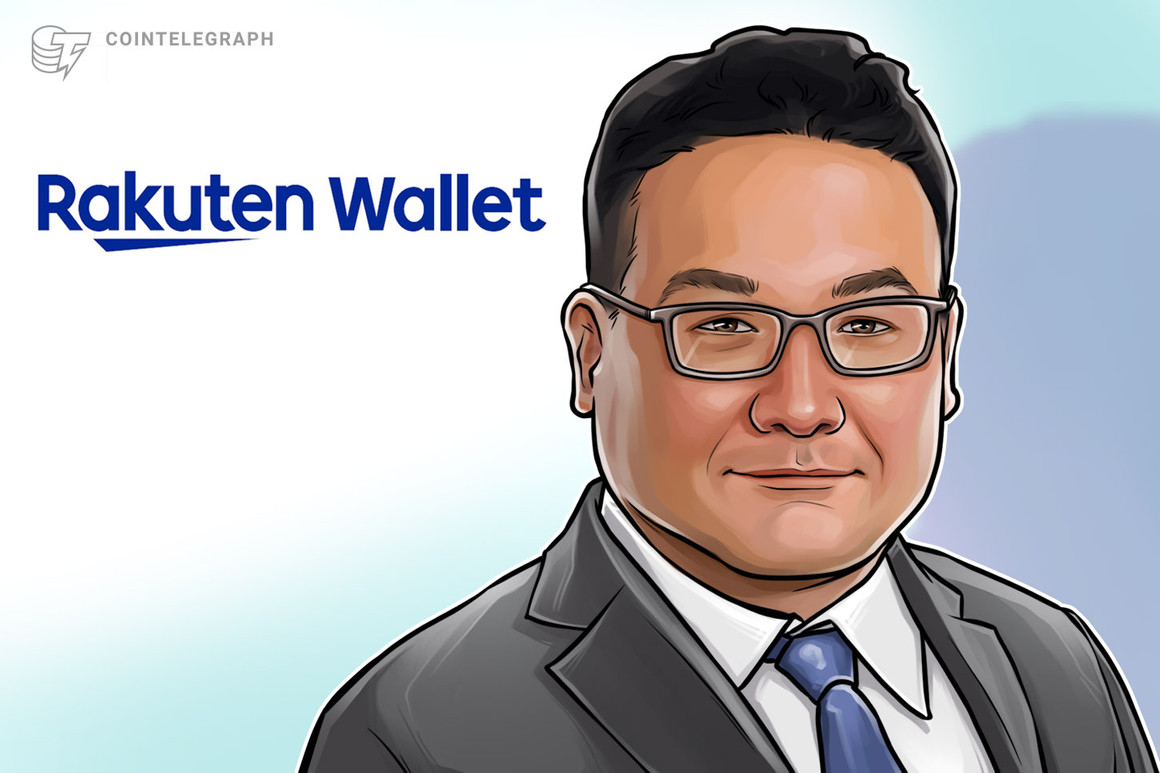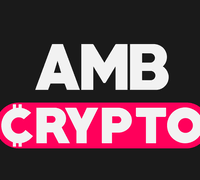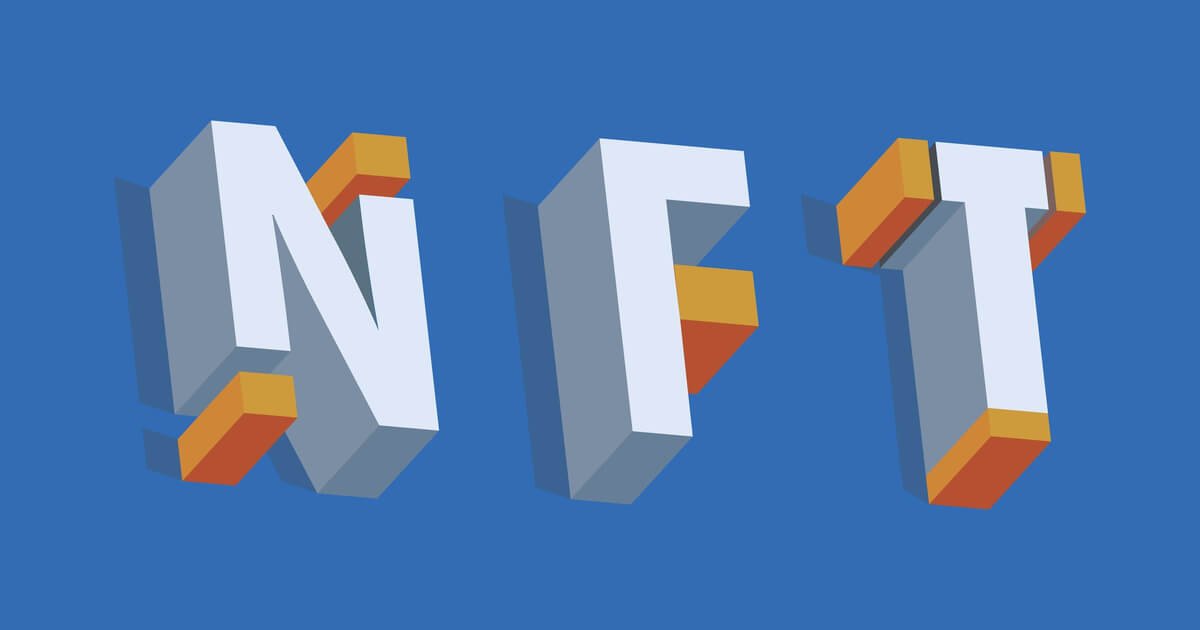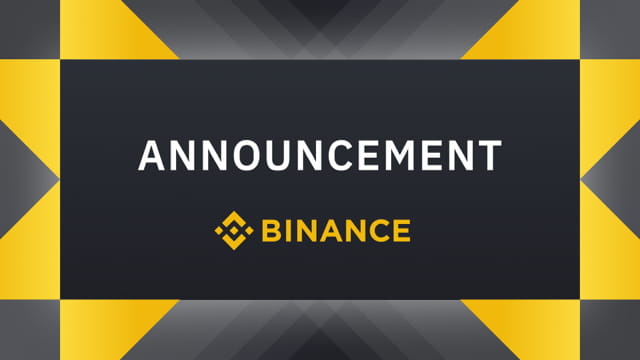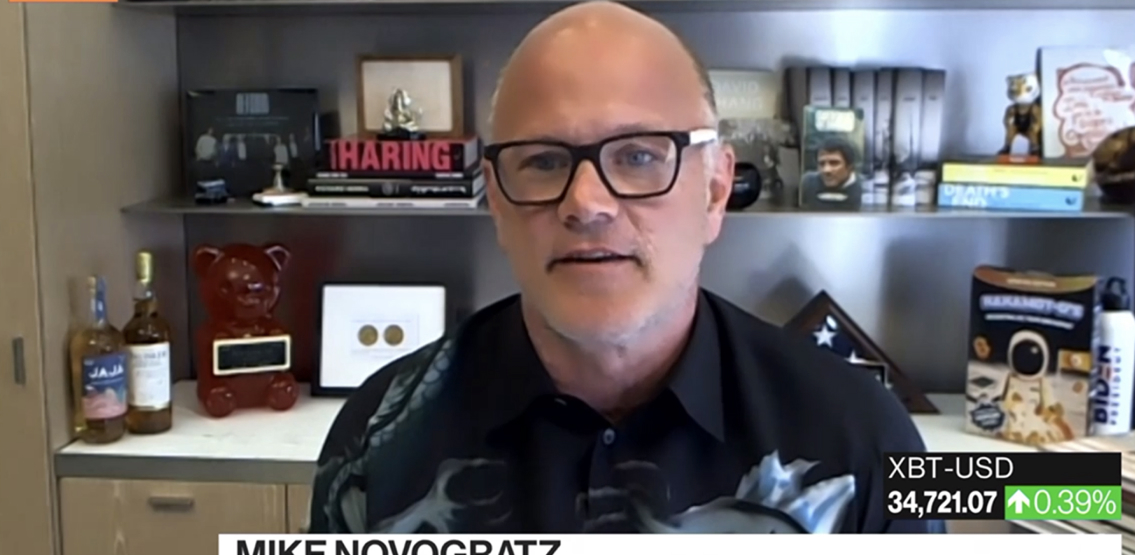Key Takeaways:
-
Similar to spot trading, margin trading involves trading an asset such as Bitcoin and hinges on the use of borrowed funds to further capitalize on the future price movements of an underlying asset.
-
If a margin trade is trending successfully, traders can generate outsized profits relatively quickly. For example, traders can often trade from 2x-10x, making gains near double to ten-fold of their initial investment.
-
More responsible use of margin is as a hedge investment in a portfolio. Diversifying a portfolio with a hedged position against the market can protect against major market downturns.
-
Margin should always be traded with tools such as stop-limit orders to protect against costly losses.
When first entering the crypto world, there seem to be countless options on where to get started. There are dozens of exchanges with folks touting their favorite ones. Crypto prices seem highly volatile, yet growth over the long term is reasonably reliable. And so the questions begin to appear. How should I buy crypto? How much do I want to trade? Should I use exchanges or just buy once?

Just as the tens of thousands of people who joined the crypto realm each day, you’re left with a few choices for entering the market. Perhaps the most common of the options is spot and margin trading.
What is Spot trading?
Spot trading is the most common form of trading, especially in crypto assets, and is the most basic form of investment. Spot trading is simply the direct purchase or sale of an asset such as a commodity, stock, bond, or even currency. Crypto spot trading is the same, except it is the direct purchase or sale of a cryptocurrency such as Bitcoin, Ethereum, DOGE, or others.
When spot trading, cryptocurrencies can be exchanged instantly between market participants who are buying and selling them. Just like with any purchase of a physical item, buyers then directly own the crypto they buy from a spot trade. Exchanges that support spot training, like Binance, comprise buyers and sellers who agree on bid-offer prices to facilitate trades.
These trades can happen any time of the day, anywhere in the world, since crypto exchanges operate online. New entrants can buy crypto with fiat currencies on exchanges and can even determine what price they want to enter a position.
What is Margin Trading?
Margin trading is another form of trade that is more similar to performance speculation of an asset. Similar to spot trading, margin trading involves trading an asset such as Bitcoin and hinges on the use of borrowed funds to further capitalize on the future price movements of an underlying asset.
Since margin accounts allow users to borrow funds from a third party, these users have the potential to win or lose much higher amounts of capital through leverage. The borrowed funds are provided by other traders who earn interest based on market demand for margin funds.
To initiate a margin trade, the investor must commit some collateral, which is known as the margin. So if a trader wanted to open a margin trade at a leverage ratio of 10:1 for $10,000, the trader would need to invest $1,000 as collateral.
Pros and cons of Spot Trading
Given that spot trading is a straightforward process, the rules around risks and rewards are much easier to grasp. The benefits of spot trading are proportional to the risks in that how much you buy of a cryptocurrency is exactly how much you can lose. So if you buy $1000 of BTC, you then run the possibility of losing $1000, but you also have the chance to make gains over long periods.
Spot trading is useful to new investors to stay in the market for longer periods since they can just invest and walk away, letting the market do what it will. Any amount can be invested into a spot trade, big or small, and built on as the investor desires.
A downside to spot trading is the potential gains that you may realize are never as much as alternative trading methods offer. Since margin and futures trading offer leverage, the upsides are far greater than a spot trade. In addition, the spot trade only moves with the market. Market dips cause account dips, just as uptrends grow the account. That being said, operating as a crypto spot trader can be stressful since crypto is generally quite volatile.
Pros and cons of Margin Trading
To a certain extent, margin trading is similar to spot trading. However, the same volatility that one experiences in the crypto spot market is amplified by the leveraged positions of a margin trade, making smaller investments riskier in terms of cost and reward.
If executing a margin trade on Binance, a potential detractor to keep in mind is the hourly interest rate applied to each trade. When considering that if a margin level is reduced, more collateral must be applied to a position (or a reduction of leverage), margin costs can add up quickly. This is called a margin call. The higher the ratio, the faster the margin level can plummet.
However, if a margin trade is trending successfully, high leverage ratios can help traders access excessive levels of success relatively quickly. For example, traders are often able to trade from 2x-10x, making gains near double to enormous.
Perhaps, a more responsible use of margin is as a hedge investment in a portfolio. Diversifying a portfolio with a hedged position against the market can protect against major market downturns.
Margin should always be traded with tools such as stop-limit orders to protect against costly losses.
How to get started with Margin trading on Binance?
Margin trading on Binance is an easy process. After creating an account, complete your identity verification via KYC, and enable 2FA. Then, you’re ready to start (as long as your country isn’t restricted).
-
Under your account balance information, you’ll find exchange and margin details; click on [Margin].
-
After carefully reading the margin account agreement, select ‘I understand’.
-
Then, you will be able to transfer funds into your new Margin Trading Wallet. For example, you can transfer BTC, ETH, and BNB from their Exchange Wallet to their Margin Wallet. These funds will act as collateral to any borrowed funds incorporated in a margin trade and determine how much you can borrow (fixed rate at 5:1).
-
Click [Borrow/Repay], enter the amount you wish to borrow, note the hourly interest rate, and click [Confirm Borrow]. The funds will be credited to your margin account (which can be checked under your balance/margin button). The balance dash comes with a margin level gauge that relates the risk level to the borrowed funds, collateral you hold, and the market value. Margin level can be calculated as such: Margin Level = Total Asset Value / (Total Borrowed + Total Accrued Interest)
-
If your margin level decreases, you either need to increase your collateral or reduce your loan. A margin level of 1.1 will automatically be liquidated, or in other words, Binance will sell the funds at market price to repay the loan.
For in-depth instructions and to learn how to repay debts owed, please see our Academy article on Binance Margin Trading Guide.
Wrap-Up
Deciding why you are trading in crypto markets will help you determine your approach. Binance offers the tools and information to learn about cryptocurrencies and trade however one wishes. But in any case, invest with purpose, and choose wisely!
Read the following support items for more information:
-
(Support) Binance Futures Order Types
-
(Support) How to Borrow Funds on Binance
-
And many more Binance Futures FAQ topics…
Key Takeaways:
-
Similar to spot trading, margin trading involves trading an asset such as Bitcoin and hinges on the use of borrowed funds to further capitalize on the future price movements of an underlying asset.
-
If a margin trade is trending successfully, traders can generate outsized profits relatively quickly. For example, traders can often trade from 2x-10x, making gains near double to ten-fold of their initial investment.
-
More responsible use of margin is as a hedge investment in a portfolio. Diversifying a portfolio with a hedged position against the market can protect against major market downturns.
-
Margin should always be traded with tools such as stop-limit orders to protect against costly losses.
When first entering the crypto world, there seem to be countless options on where to get started. There are dozens of exchanges with folks touting their favorite ones. Crypto prices seem highly volatile, yet growth over the long term is reasonably reliable. And so the questions begin to appear. How should I buy crypto? How much do I want to trade? Should I use exchanges or just buy once?

Just as the tens of thousands of people who joined the crypto realm each day, you’re left with a few choices for entering the market. Perhaps the most common of the options is spot and margin trading.
What is Spot trading?
Spot trading is the most common form of trading, especially in crypto assets, and is the most basic form of investment. Spot trading is simply the direct purchase or sale of an asset such as a commodity, stock, bond, or even currency. Crypto spot trading is the same, except it is the direct purchase or sale of a cryptocurrency such as Bitcoin, Ethereum, DOGE, or others.
When spot trading, cryptocurrencies can be exchanged instantly between market participants who are buying and selling them. Just like with any purchase of a physical item, buyers then directly own the crypto they buy from a spot trade. Exchanges that support spot training, like Binance, comprise buyers and sellers who agree on bid-offer prices to facilitate trades.
These trades can happen any time of the day, anywhere in the world, since crypto exchanges operate online. New entrants can buy crypto with fiat currencies on exchanges and can even determine what price they want to enter a position.
What is Margin Trading?
Margin trading is another form of trade that is more similar to performance speculation of an asset. Similar to spot trading, margin trading involves trading an asset such as Bitcoin and hinges on the use of borrowed funds to further capitalize on the future price movements of an underlying asset.
Since margin accounts allow users to borrow funds from a third party, these users have the potential to win or lose much higher amounts of capital through leverage. The borrowed funds are provided by other traders who earn interest based on market demand for margin funds.
To initiate a margin trade, the investor must commit some collateral, which is known as the margin. So if a trader wanted to open a margin trade at a leverage ratio of 10:1 for $10,000, the trader would need to invest $1,000 as collateral.
Pros and cons of Spot Trading
Given that spot trading is a straightforward process, the rules around risks and rewards are much easier to grasp. The benefits of spot trading are proportional to the risks in that how much you buy of a cryptocurrency is exactly how much you can lose. So if you buy $1000 of BTC, you then run the possibility of losing $1000, but you also have the chance to make gains over long periods.
Spot trading is useful to new investors to stay in the market for longer periods since they can just invest and walk away, letting the market do what it will. Any amount can be invested into a spot trade, big or small, and built on as the investor desires.
A downside to spot trading is the potential gains that you may realize are never as much as alternative trading methods offer. Since margin and futures trading offer leverage, the upsides are far greater than a spot trade. In addition, the spot trade only moves with the market. Market dips cause account dips, just as uptrends grow the account. That being said, operating as a crypto spot trader can be stressful since crypto is generally quite volatile.
Pros and cons of Margin Trading
To a certain extent, margin trading is similar to spot trading. However, the same volatility that one experiences in the crypto spot market is amplified by the leveraged positions of a margin trade, making smaller investments riskier in terms of cost and reward.
If executing a margin trade on Binance, a potential detractor to keep in mind is the hourly interest rate applied to each trade. When considering that if a margin level is reduced, more collateral must be applied to a position (or a reduction of leverage), margin costs can add up quickly. This is called a margin call. The higher the ratio, the faster the margin level can plummet.
However, if a margin trade is trending successfully, high leverage ratios can help traders access excessive levels of success relatively quickly. For example, traders are often able to trade from 2x-10x, making gains near double to enormous.
Perhaps, a more responsible use of margin is as a hedge investment in a portfolio. Diversifying a portfolio with a hedged position against the market can protect against major market downturns.
Margin should always be traded with tools such as stop-limit orders to protect against costly losses.
How to get started with Margin trading on Binance?
Margin trading on Binance is an easy process. After creating an account, complete your identity verification via KYC, and enable 2FA. Then, you’re ready to start (as long as your country isn’t restricted).
-
Under your account balance information, you’ll find exchange and margin details; click on [Margin].
-
After carefully reading the margin account agreement, select ‘I understand’.
-
Then, you will be able to transfer funds into your new Margin Trading Wallet. For example, you can transfer BTC, ETH, and BNB from their Exchange Wallet to their Margin Wallet. These funds will act as collateral to any borrowed funds incorporated in a margin trade and determine how much you can borrow (fixed rate at 5:1).
-
Click [Borrow/Repay], enter the amount you wish to borrow, note the hourly interest rate, and click [Confirm Borrow]. The funds will be credited to your margin account (which can be checked under your balance/margin button). The balance dash comes with a margin level gauge that relates the risk level to the borrowed funds, collateral you hold, and the market value. Margin level can be calculated as such: Margin Level = Total Asset Value / (Total Borrowed + Total Accrued Interest)
-
If your margin level decreases, you either need to increase your collateral or reduce your loan. A margin level of 1.1 will automatically be liquidated, or in other words, Binance will sell the funds at market price to repay the loan.
For in-depth instructions and to learn how to repay debts owed, please see our Academy article on Binance Margin Trading Guide.
Wrap-Up
Deciding why you are trading in crypto markets will help you determine your approach. Binance offers the tools and information to learn about cryptocurrencies and trade however one wishes. But in any case, invest with purpose, and choose wisely!
Read the following support items for more information:
-
(Support) Binance Futures Order Types
-
(Support) How to Borrow Funds on Binance
-
And many more Binance Futures FAQ topics…
.
元ソース 詳細はこちら
Crypto Spot Trading vs. Margin Trading – What’s the difference?
バイナンス公式
バイナンス登録

